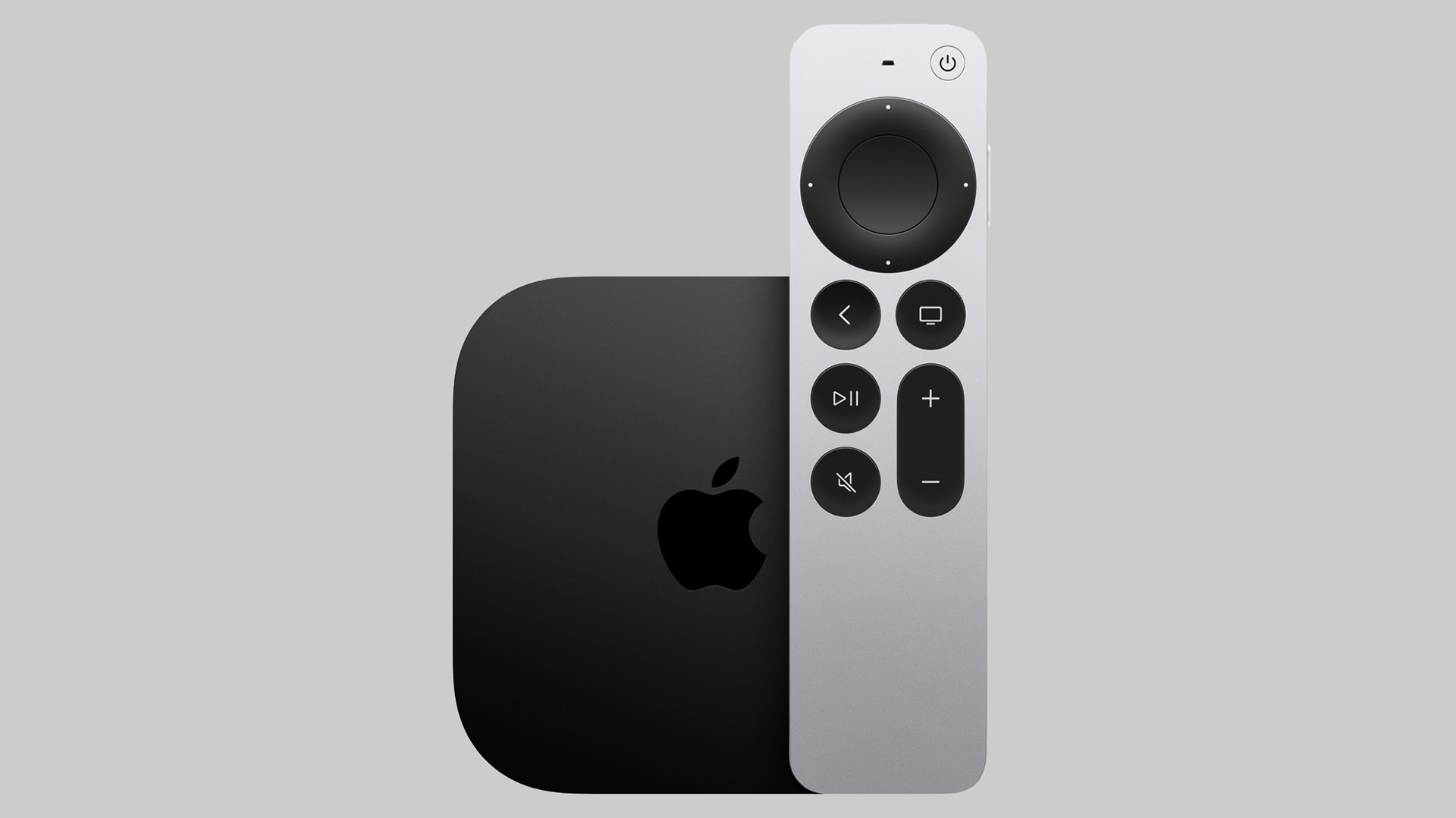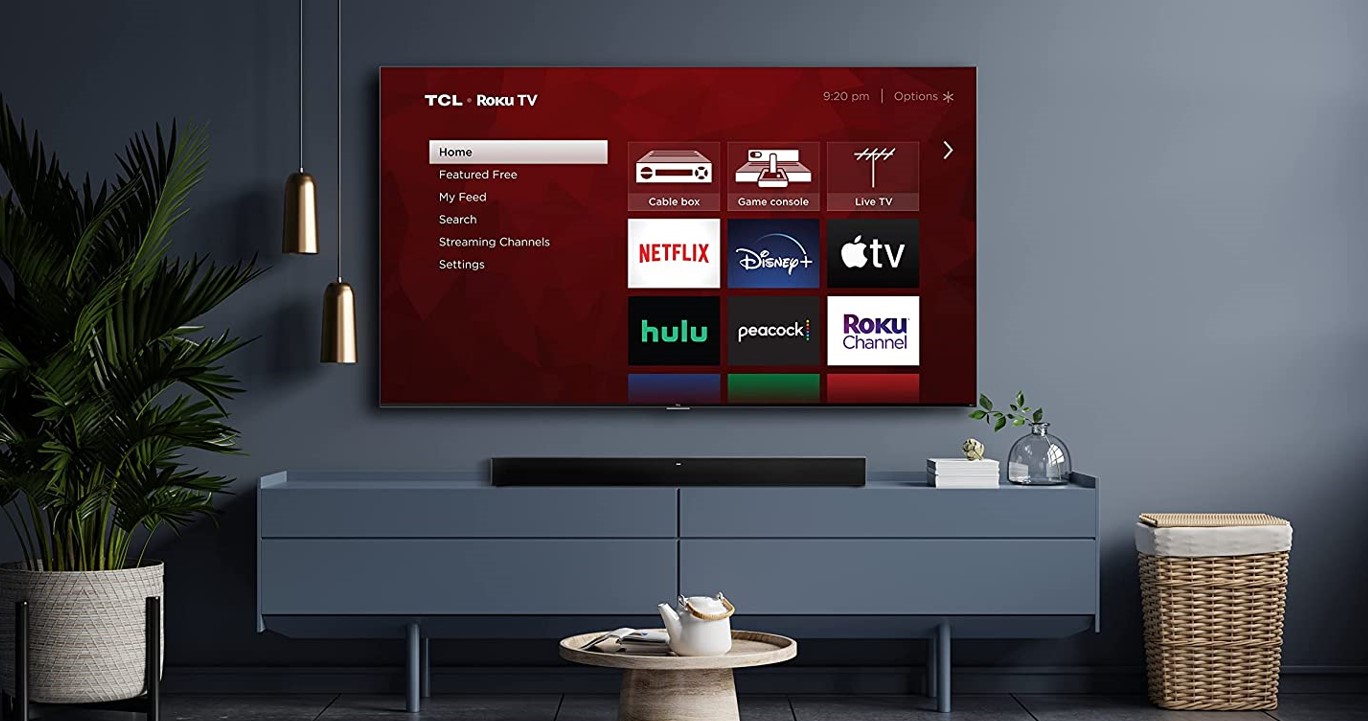Affiliate links on Android Authority may earn us a commission. Learn more.
Roku vs Apple TV: Which streaming platform is right for you?
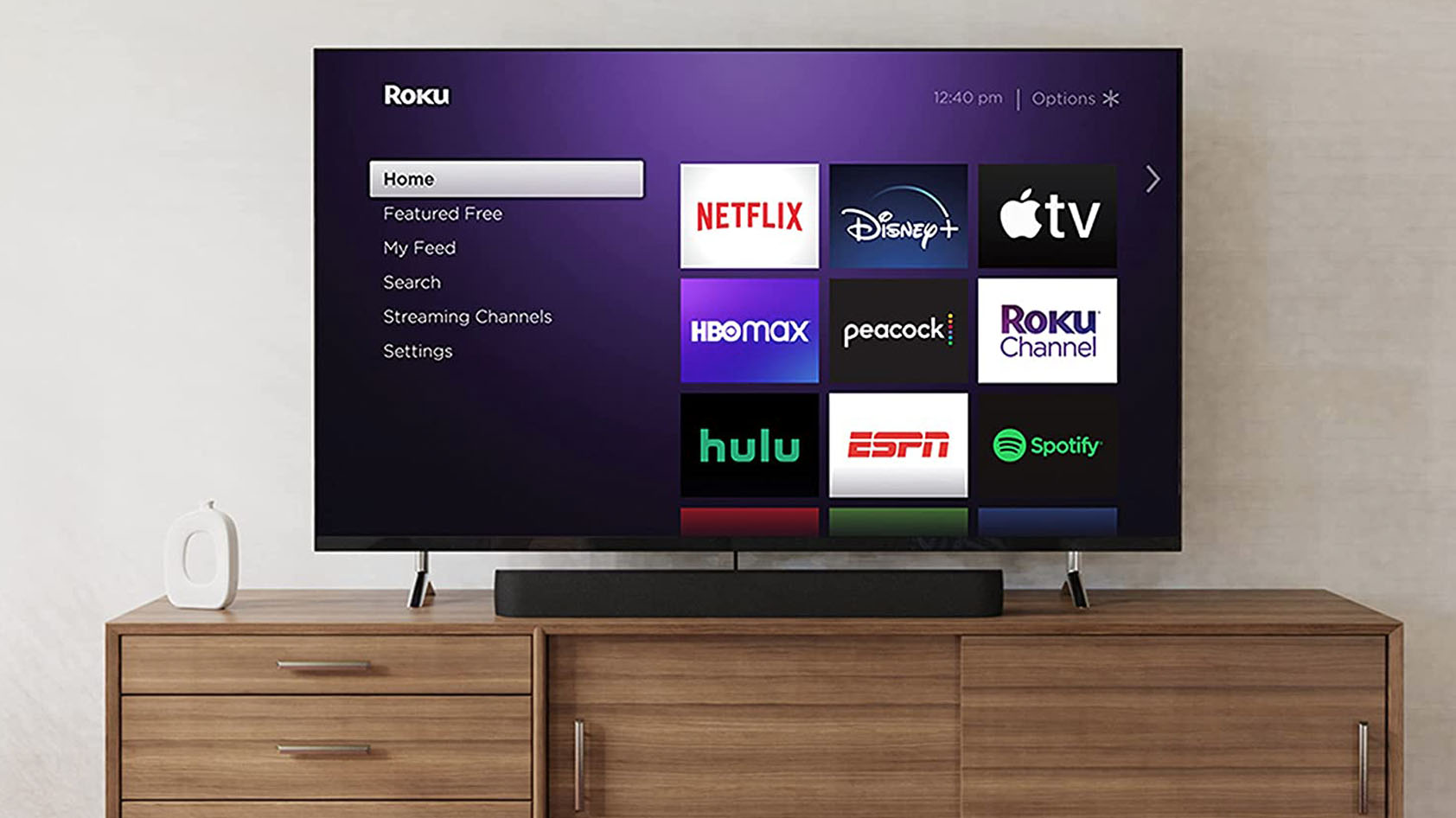
The two highest-ranked brands among media streamers are probably Roku and Apple, as much as some people like Google’s Chromecast. If those are the choices it’s coming down to when shopping, we’re here to make the decision a little easier by highlighting options, strengths, and weaknesses.
Roku vs Apple TV: Product lineups
A small note before we begin: as you may or may not expect, we’re deliberately omitting full-fledged Roku TVs. There are just too many on the market, with too much variability. There are no TVs with Apple’s tvOS.
Roku streamers
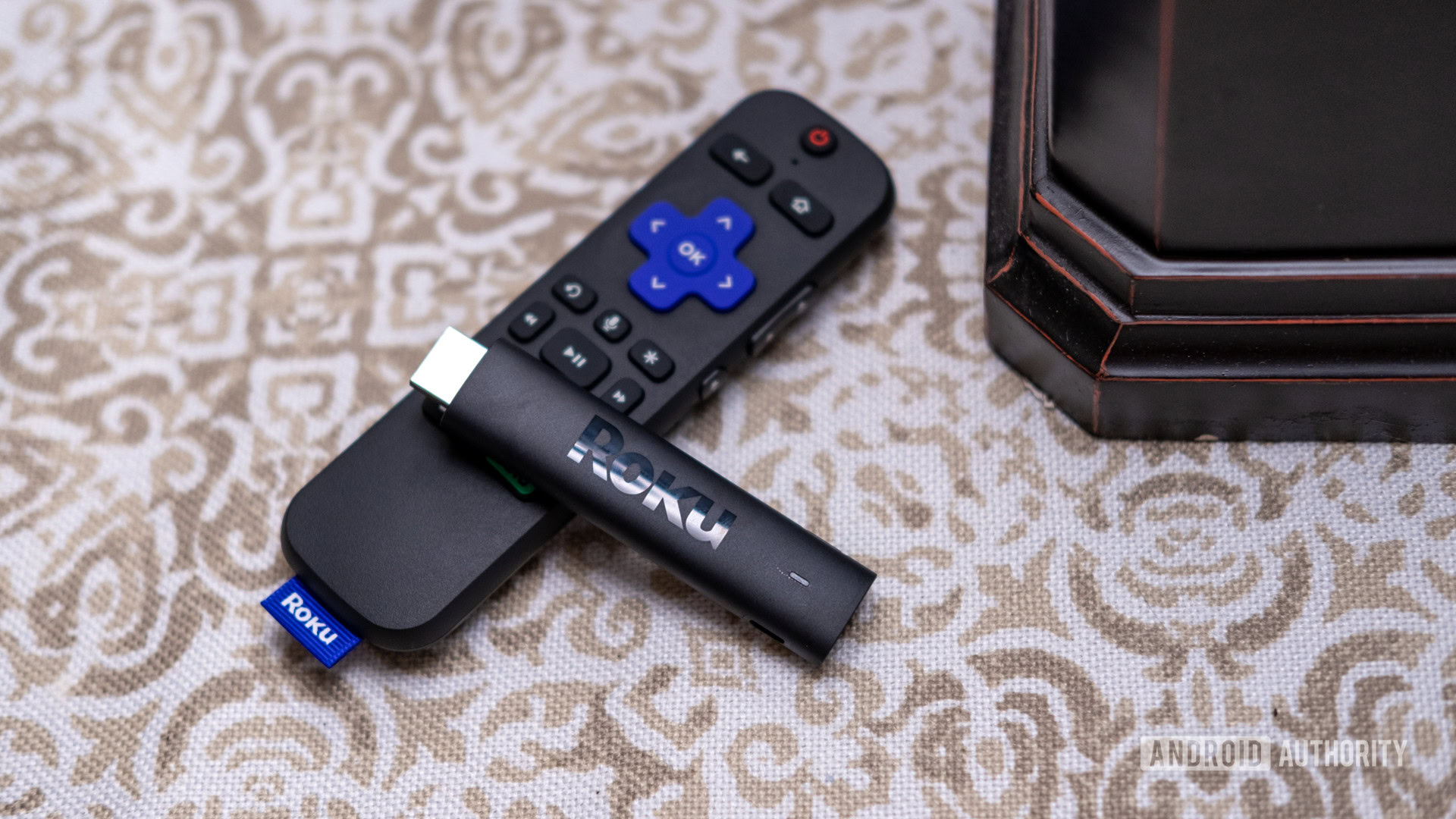
- Roku Express (Amazon): The cheapest model at $30, it comes with an infrared (“simple”) remote, and lacks support for 4K HDR. You can’t do Dolby or DTS audio unless you use HDMI passthrough, and it’s even missing volume leveling and night mode functions.
- Roku Express 4K: This one is increasingly hard to find, but it’s the cheapest with both 4K and HDR, the latter in the form of HDR10 Plus. Audio format support is largely the same, although you do get volume leveling and a night mode.
- Roku Express 4K Plus (Amazon): The only difference versus the regular Express 4K is the addition of Roku’s voice remote, which makes search easier and includes its own power and volume buttons.
- Roku Streaming Stick 4K (Amazon): The advantage of Streaming Sticks is that you can plug them directly into an HDMI port, and power them via either a wall adapter or a TV’s own USB port. Feature-wise the Streaming Stick 4K builds on the Express 4K Plus by adding Dolby Vision to its HDR formats, and extending Wi-Fi range, which may come in handy if your router is nowhere near your TV.
- Roku Streaming Stick 4K Plus (Amazon): Going with the Plus gets you the Voice Remote Pro. That includes a headphone jack for private listening, customizable shortcut buttons, and a finder function if you lose the remote in your couch cushions. The remote is rechargeable too, so you won’t burn through batteries.
- Roku Ultra LT (Amazon): The main reason to go with an Ultra is performance — you get Roku’s fastest processor, its best Wi-Fi, best HDR compatibility, and an Ethernet port if you want maximum bandwidth. The Ultra LT only comes with Roku’s standard voice remote, though you do get the option of private listening through Bluetooth or the Roku mobile app. The LT is harder to find these days, but if you’re determined, you can still get one via Amazon or Walmart.
- Roku Ultra (Amazon): This is the top of the line if you don’t want integrated speakers. Upgrades over the LT include the Voice Remote Pro, Dolby Atmos surround sound, and private listening via the remote as well as Bluetooth and the Roku app. If you’ve got media on a USB drive, you can plug it directly into the set-top.
- Roku Streambar (Amazon): The Streambar is effectively an Ultra built into a soundbar, upgrading your TV’s audio and streaming tech simultaneously. Accordingly there are HDMI, USB, and optical ports, as well as improved audio options, namely speech enhancement and Dolby Audio processing. There are some odd sacrifices — you don’t get Dolby Atmos, and HDR support is limited to HDR10 (not Plus). You also only get Roku’s standard voice remote, limiting private listening to Bluetooth and the Roku app.
- Roku Streambar Pro (Amazon): The major upgrade here is sound quality. Whereas the regular Streambar uses four 1.9-inch drivers, the ones in the Pro are sized at 2.5 inches, giving them more punch. An upgraded remote meanwhile adds a headphone jack to private listening options, as well as customizable shortcut buttons and a finder function through the Roku app. Oddly enough the Pro doesn’t expand HDR support, or enable any form of surround sound. At least without buying additional Roku satellite speakers that is, but that’s true of the regular Streambar too.
Apple TV streamers
- Apple TV 4K Wi-Fi (Amazon): This model costs $129, and comes with 64GB of storage, an A15 Bionic processor (first used in the iPhone 13), a Siri Remote for touch and voice control, and Wi-Fi 6. It supports 4K HDR, including HDR10 Plus, HLG, and Dolby Vision.
- Apple TV 4k Wi-Fi Plus Ethernet (Amazon): For an extra $20 you can upgrade to a model with 128GB of storage, a gigabit Ethernet port, and support for linking Thread smart home accessories to HomeKit.
Roku vs Apple TV: Software
Roku
Roku devices are based on Roku OS, which is relatively simple-looking compared to other streaming platforms, but that’s actually a benefit — it’s easy to learn, and runs smoothly on any recent hardware. There are several key features:
- The Channel Store is where you go to find apps, since Roku refers to everything as “channels” regardless of whether it involves video, audio, or gaming. Confusion aside, the Store hosts over 4,000 titles, covering most major services and many niche options.
- Voice search is deeply integrated into the platform, using the Roku app or compatible remotes. Critically you’ll see multiple options for watching items in results, including subscriptions, purchases, and rentals.
- In the US, UK, Canada, and Mexico, The Roku Channel offers a mix of live and on-demand programming, most of it free but ad-supported. In some cases you may be able to subscribe to outside services (like Showtime or Shudder) through the Channel, which are then centrally billed to your Roku account.
- The Roku app serves many purposes, including finding and installing channels, and controlling devices connected to the same Wi-Fi network. It’s your best friend if you can’t find your physical remote.
- In the US, Roku has partnered with Wyze to sell smart home accessories like lights, security cameras, and video doorbells. While you can control them using an app, Amazon Alexa, or Google Assistant, the novelty here is control within Roku OS itself. If someone rings the doorbell, say, you’ll get an alert on your TV and the ability to tune in directly.
- There’s a limited amount of control through third-party platforms including Alexa, HomeKit, and Google Home. If you link an Echo speaker to a Roku device, for example, saying “Alexa, open YouTube” will both turn the Roku on and launch the YouTube app.
- A Live TV Zone directs you to live programming. New with Roku OS 12 is a US-only Local News option, and a Premium Subscriptions section for signing up to paid live services.
- Another Roku OS 12 addition is an improved Continue Watching row (under What to Watch) that makes it easier to resume viewing titles on services like Netflix, Max, and Prime Video.
Apple TV
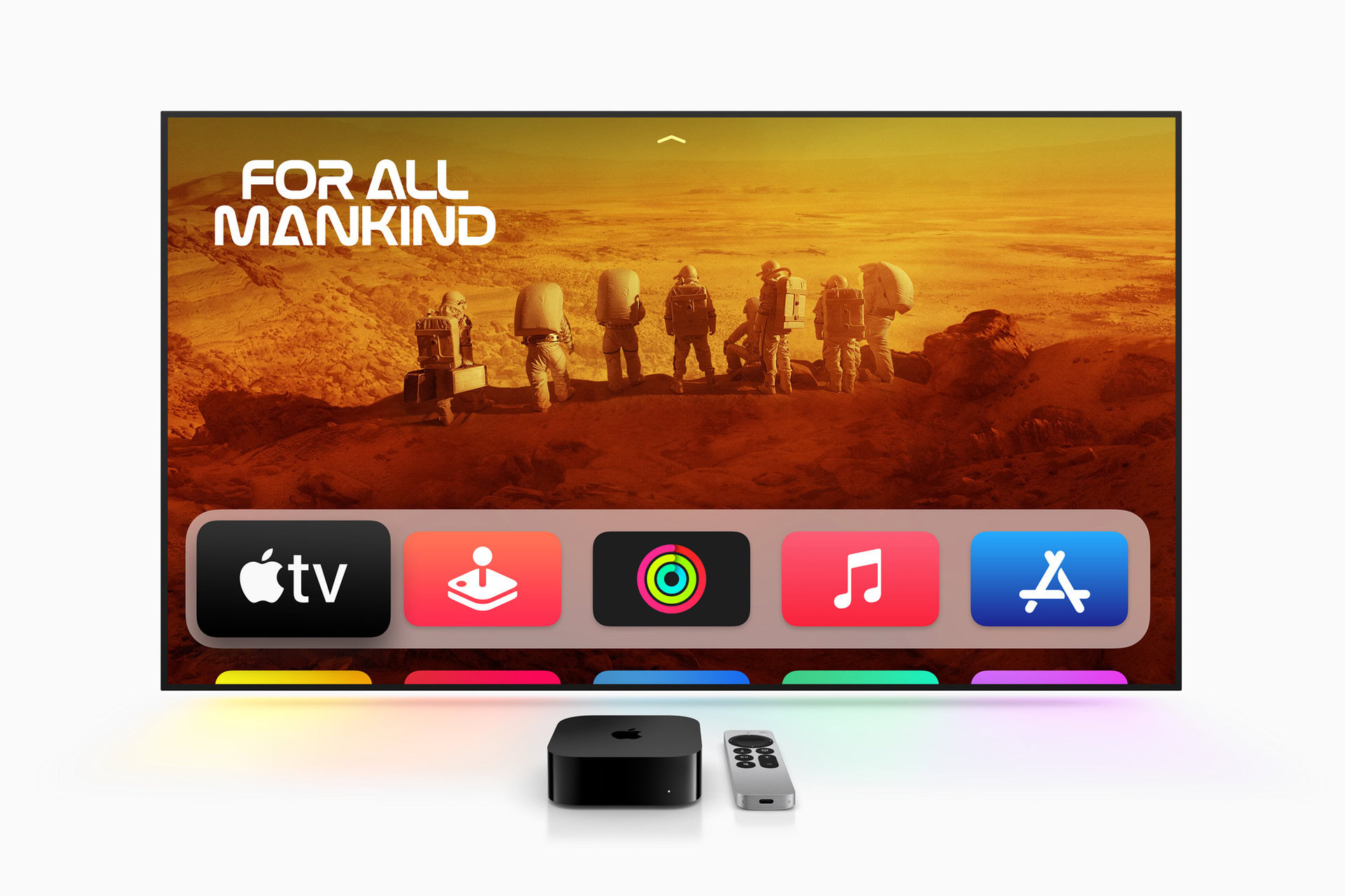
Every modern Apple TV box is based on tvOS, which is related to iOS on the iPhone, but distinct. Here are its key features:
- Integration with other Apple platforms. You can control tvOS via any Siri device — not just the Siri Remote — and automate it (or manage other smart home accessories) using the Apple Home app. You can cast or mirror using AirPlay, and easily pair a couple of HomePods as wireless speakers. You can even use your iPhone for color calibration, or pair one or two sets of AirPods for private listening.
- Likewise, the Apple TV is heavily integrated with Apple services. Apps are downloaded from the App Store, and by default you’ll have clients for iCloud Photos, Apple Music, Apple TV Plus, and so on. Some services, like Apple Arcade and Apple Fitness Plus, may only be available on Apple hardware. Thankfully there are plenty of third-party apps available.
- Video rentals and downloads are limited to Apple’s online store, unless you purchase them on the web or on non-Apple hardware, in which case they’ll show up in an app when you sign into it.
- Despite the first-party focus, tvOS does have universal search. Whenever you search for a movie or show, you’ll see options for every compatible app installed on your Apple TV. It’s not as comprehensive as Roku however, mostly because it only suggests rentals and purchases through Apple.
- An Up Next watchlist keeps track of most of the things you’ve started watching, or else added to the list manually. Like universal search, app creators must specifically support Up Next, so there’s a conspicuous gap: Netflix, which wants viewers to stay in its own catalog. That’s better than Roku, which is still playing catch-up with Roku OS 12’s Save List and improved Continue Watching feature.
Roku vs Apple TV: Content

For the bulk of people, there won’t be any discernable difference in media available. Major third-party services like Netflix, Spotify, Max, and Disney Plus are on both platforms, and you can even use Roku to stream Apple Music or watch all your Apple videos (including Apple TV Plus).
There are exceptions. You can’t get the Roku Channel on an Apple TV, or access things like Apple Arcade or Apple Fitness Plus on a Roku. There wouldn’t be much point to the latter anyway — Fitness Plus is deeply connected to the Apple Watch and the iPhone’s Fitness app, and no Roku has the storage or performance to match the games on Arcade, or the App Store in general.
Apple is the clear winner when it comes to gaming — on top of its native titles, you can use the Steam Link app to play PC games on a TV, complete with support for Xbox, PlayStation, and other Bluetooth gamepads. Roku’s lane is video and music, and the company doesn’t pretend otherwise.
The verdict
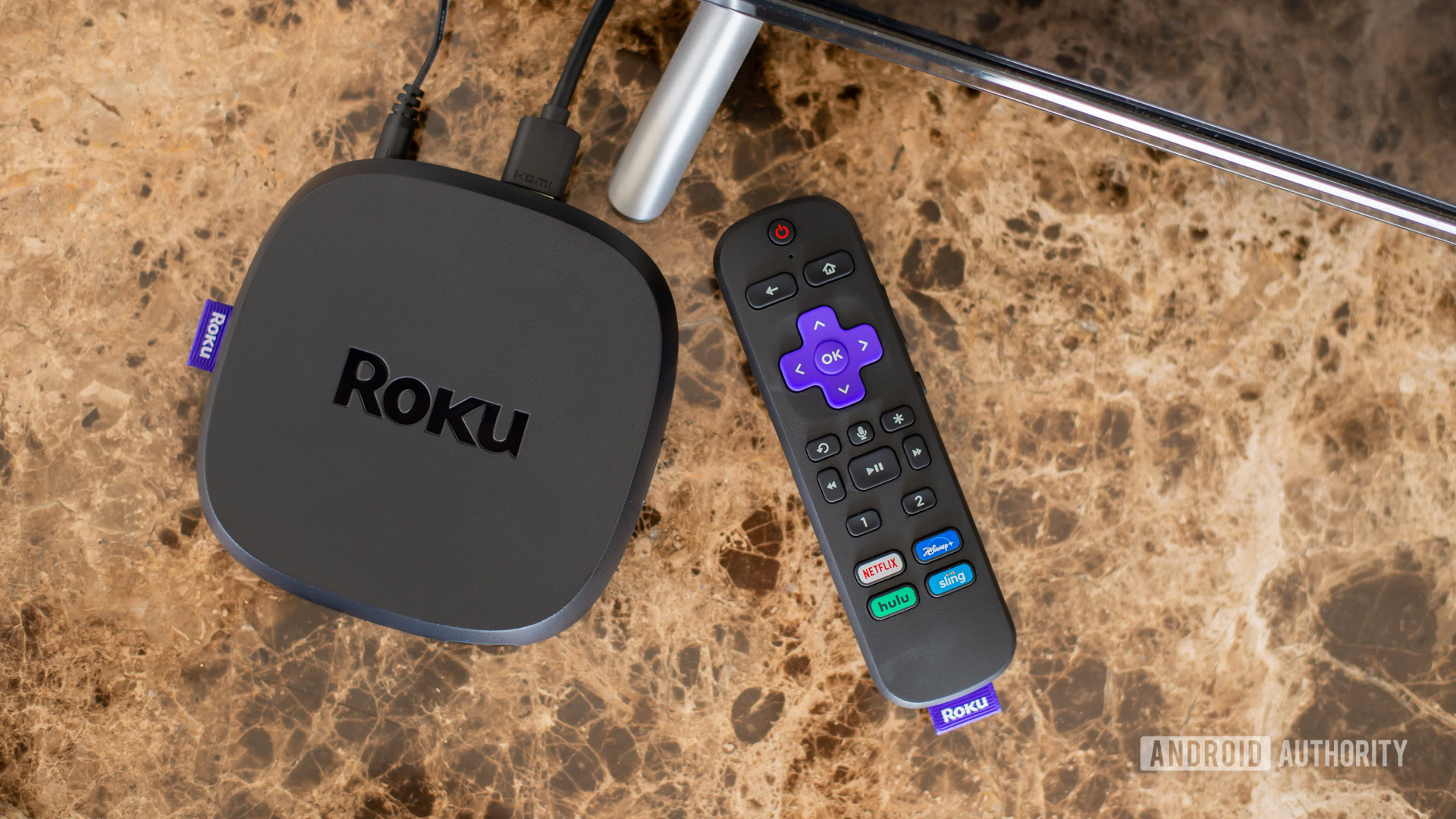
For those who only care about the basics of video and music, a Roku should be the default option, since anything short of a Streambar is going to be cheaper than an Apple TV and still deliver a solid experience. If you pick an Ultra, you’ll get Dolby Vision, Dolby Atmos, the Voice Remote Pro, and Roku’s snappiest processor for $100 or less. A lot of people will be satisfied with the $70 Streaming Stick 4K Plus, particularly if they don’t have Atmos-compatible speakers.
That said, the Apple TV 4K is the best option for a standalone player if you can afford it. Its processing power makes it lightning quick, not just for games, but for apps and streaming in general. Its watchlist is more user-friendly, and though the Siri Remote takes some getting used to, you’ll soon be swiping through menus like butter when you’re not relying on Siri. Roku’s voice remotes are still nice, mind, and some users may prefer their obvious buttons, which also include app shortcuts that are absent on the Siri Remote.
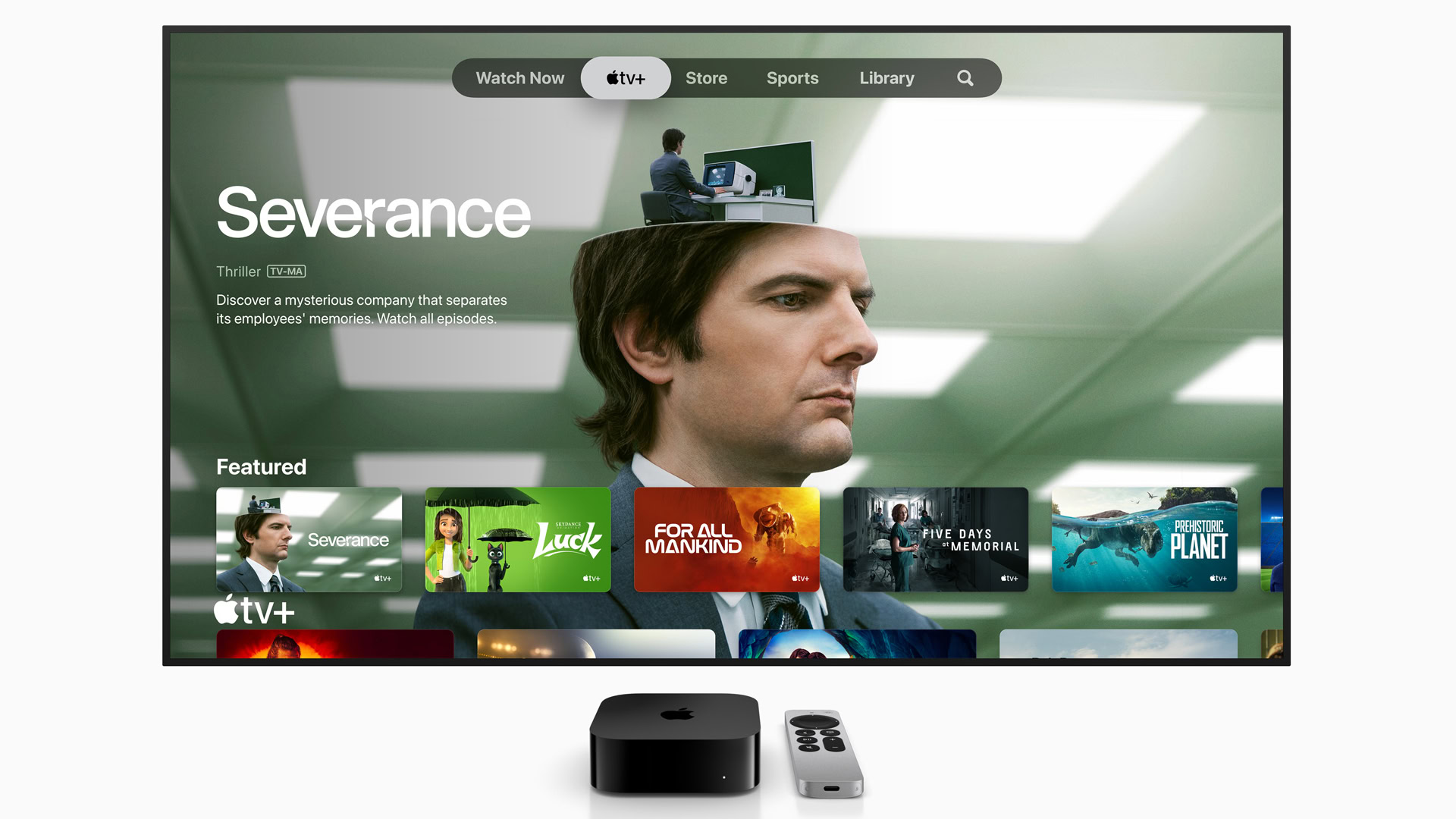
The value of an Apple TV increases if you’re invested in other Apple products. If you use HomeKit regularly you should automatically buy the Wi-Fi/Ethernet model, since Thread accessories can greatly enhance the speed and reliability of a smart home. You’ll need some form of Apple TV or HomePod to serve as a hub for HomeKit automations and remote access.
That leads us to a final counterpoint however, which is that Roku is a bastion of neutrality in the streaming space. You can potentially get more out of brands with complete ecosystems behind them, like Apple, but you sacrifice some freedom of choice in the process. A Roku works just fine regardless of which phones, speakers, or smart displays you have.
